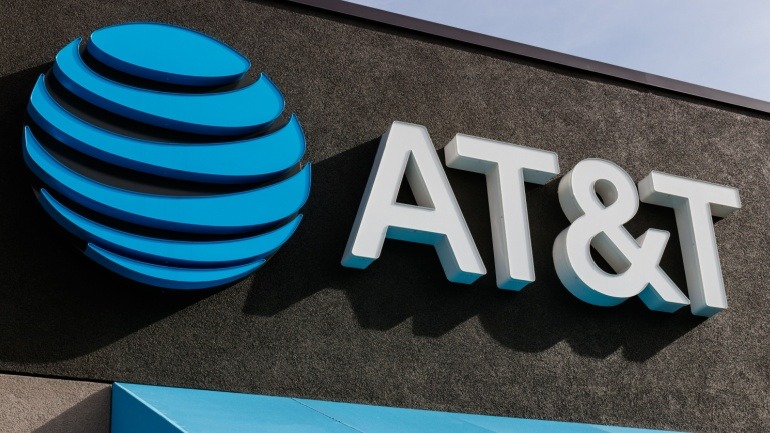When it comes to providing full-fibre broadband, both the UK and the US face similar challenges, albeit with different legislative and infrastructural hurdles. One of the main barriers in the UK is the issue of wayleave agreements, a source of frustration for any full-fibre initiative. Landlords have the right to either accept or reject installation plans by operators within their properties, leading to potential roadblocks. Interestingly, this issue is mirrored in the US, where old infrastructure often necessitates convincing landlords to update the internet facilities within their estates.
In an attempt to overcome such issues, the UK has the electronic communication code under the Communications Act 2003, which grants operators the option to apply to the court for access to a property if an agreement with the landlord cannot be achieved. However, the US is not endowed with a similar legislation, indicating that the creation of new laws might be necessary to expedite the full-fibre network rollout.
Regulations in the US are mainly under the Communications Act of 1934, with oversight from the Federal Communications Commission (FCC), the prime authority for the telecommunications and media sectors. Notably, this commission operates as an independent entity under the guidance of five commissioners. On the other hand, the UK has Ofcom as the industry’s regulatory body. The question remains on how the FCC will address the challenge of uncooperative landlords and freeholders—will it take a leaf from the UK’s book and adopt a more assertive approach?
The related legal expenses operators might encounter, such as dealing with legal representatives of landlords during the negotiation of consents and wayleaves, needs to be alleviated. The previous experiences in the UK might provide insights into solving this issue effectively.
One objective pursued by the UK and the US is bridging the digital divide, an issue that has caused socio-economic disparities in underserved areas. An estimated 30 million US citizens find themselves in this quandary. A comprehensive approach combining different methods like wireless technologies along with traditional means such as underground cabling would be required.
Most importantly, the ultimate goal is to provide broadband access to all tenants, significantly important in the era of the Internet of Things (IoT). Should the decision to install the infrastructure be left to landlords or should operators be given more influence?
Taking into account the stark differences in legislative frameworks and regulatory authorities, it’s clear the UK and the US must navigate through unique challenges in their quest for full fibre broadband. As they move forward, operators and unconnected communities wait eagerly to see how they will tackle the complexities of contemporary telecommunications infrastructure deployment.







